These long, cold nights are a good chance to spend some time exploring the night sky. In mid-January we’ve had a number of gloriously sunny days and clear nights. After one of the dreariest Decembers on record in the UK, with only an averaged total of 27 hours of direct sunlight, it is very welcome.
The clear nights have given me so much to photograph: starry skies followed by frosty, foggy mornings with beautiful light.
Tonight (14th January) I spent a bit of time in my garden with my full-frame DSLR and a 50mm lens with an f1.4 aperture. That’s a very bright lens, meaning it collects a high level of light which is very good for astrophotography. My garden is packed in among several others, so when one neighbour a couple of doors down pops out, they usually see me as a man standing there in the dark. It can be quite awkward when you say things like, “I’m trying to get a photo of Uranus”.
I couldn’t even manage that. Here’s what I did get:
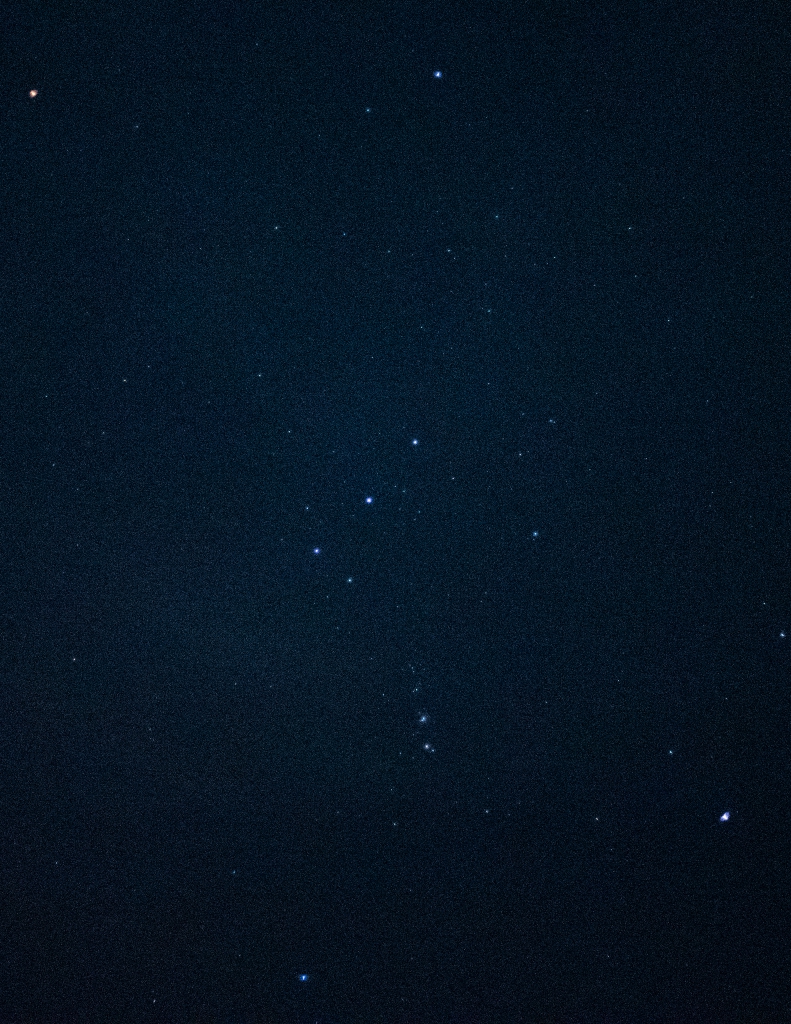
Orion is my go-to constellation. I find it easy to identify and does help to anchor my eyes in the night sky.


Hoping the diagram above makes sense to you. Orion’s belt is the most obvious part of the constellation. Don’t mess with Orion!
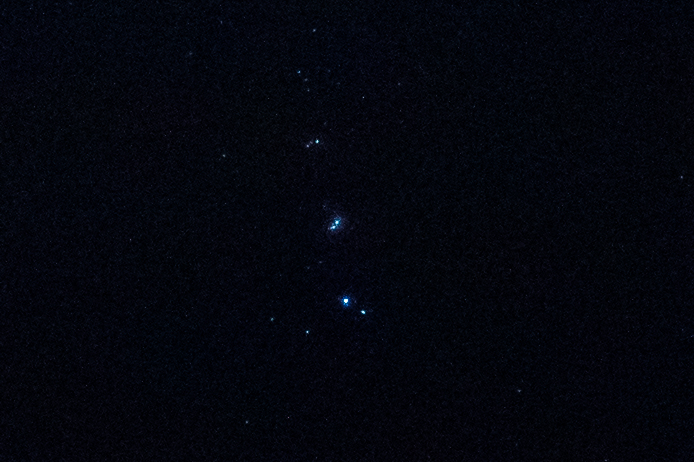
My 50mm lens is bright but it doesn’t reach very far. That said I did crop part of the image to capture part of the Orion nebula (‘Gt. Neb.’ in the image above).

This is one of two new constellations for me that I photographed: Gemini. It’s probably not that easy to make out but it covers the whole of the image. I think also that I tilted the camera to much which makes the two anchoring stars on the left hand side (Pollux and Castor) out of sync with the diagrams. Come on, it was dark out there!
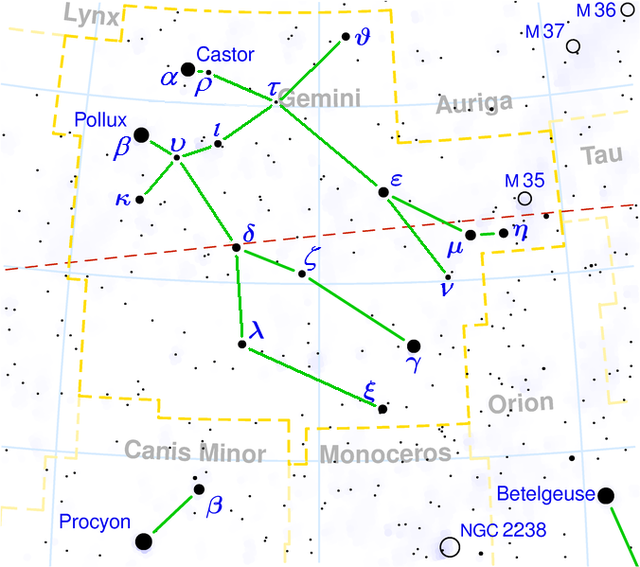
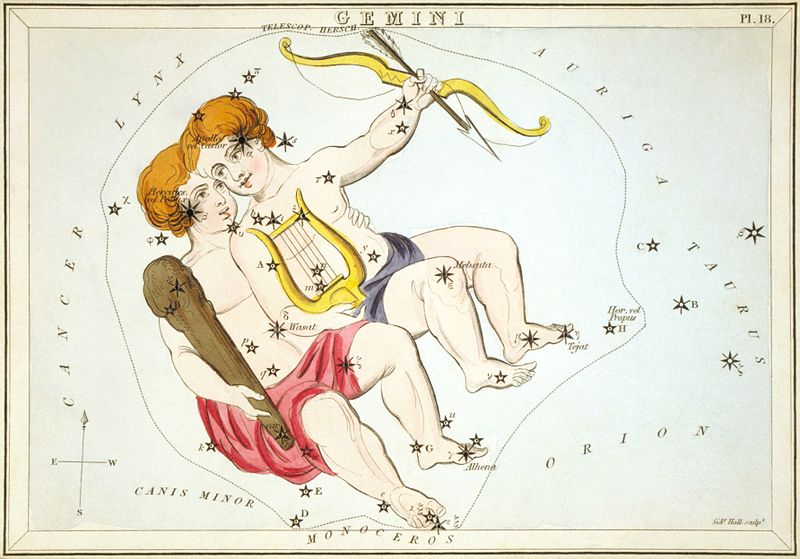
Gemini is Latin for ‘twins’, representing Greek mythological figures Castor and Pollux.
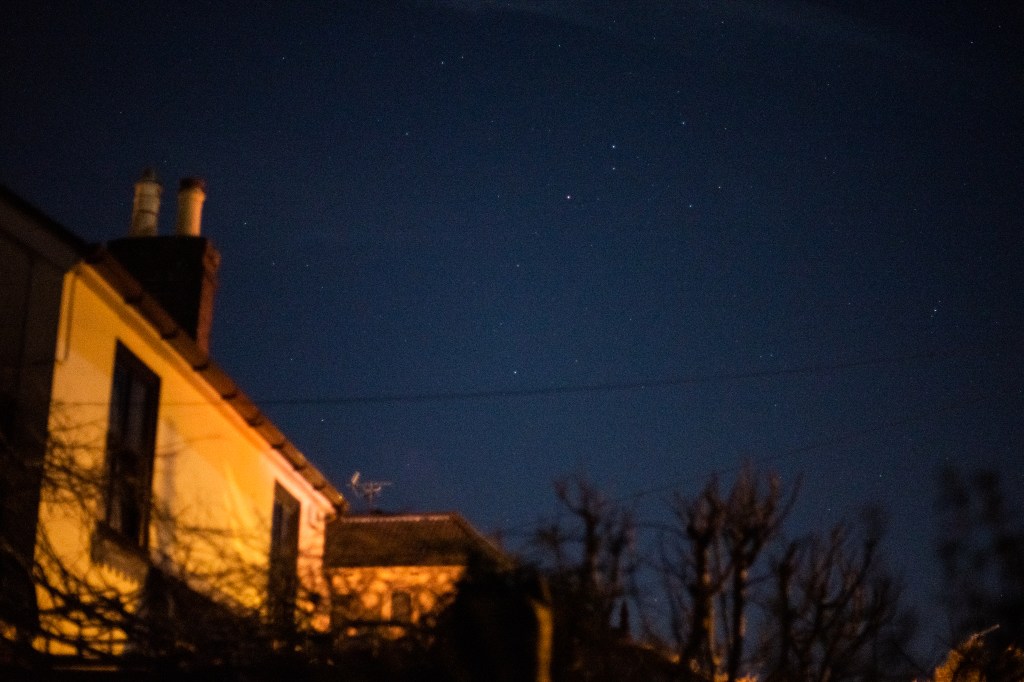
The second of the two new constellations for me was the head of Hydra, which can be seen as the clearest collection of stars here.
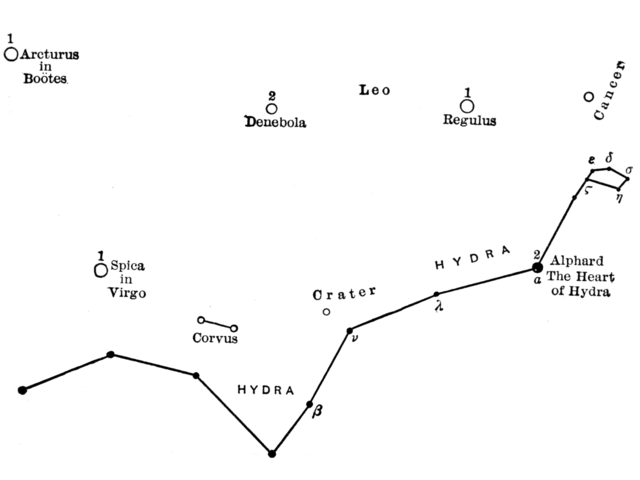

I was amazed to read that Hydra is the largest constellation in the night sky. It’s not surprising when you later see the diagram and how huge it is.
Thanks for reading.
Recent posts
Along the South Downs from Washington to Bramber
This is a long post with a lot of South Downs history in it. There’s history here you can touch that dates back over 1000 years.
Fool’s Wood – my third poetry collection
Fool’s Wood is my third collection after I am living with the animals (2014), and Sumptuous beasts (2018).
November 2025: beware of pity
I’ve had a burst of American visitors in recent days (to my blog, not my house). So thanks for visiting, y’all, and sorry about the year you’ve had. You may have noticed I’ve slipped to monthly posts on here. Between April and October I posted blogs every Monday without pause, which is a tricky task…




A wonderful sight. We’ve had some very clear nights too.